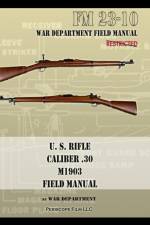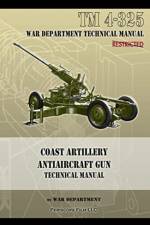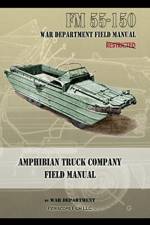av War Department
257
Every American soldier, airman, seaman and auxiliary personnel in WWII wore a wristwatch or carried a pocket watch. For military operations, reliability and accuracy in timekeeping has always been paramount, and in WWII the need for both became undeniable: the pace of modern war made highly synchronized operations the rule rather than the exception. In order to meet these requirements, a whole new generation of timepieces were issued. Innovative new models featured a host of improvements, from second-hacking capabilities to improved waterproofing, more durable and accurate movements, and purpose-driven complications. No wonder that many of today's modern brands market "classic" WWII watches as a key part of their product lines. The job of keeping America's WWII military timepieces in good condition fell to a group of specially-trained military watchmakers. This book, which was originally published in 1945 by the War Department, was the standard issues training manual for this cadre. It contains detailed instructions for the inspection, disassembly, assembly, maintenance, and repair of military issue pocket watches, wrist watches, stop watches, and message center clocks. Some of the specific models featured include the Bulova wristwatch model 10 AK, the Waltham wrist watch models 10609 and 10617, Elgin pocket and wrist watches, the Hamilton pocket watch model 992B, various Elgin stopwatches and the Message Center Clock M1. Originally "restricted", this manual was declassified long ago and is reprinted here in book form. Care has been taken to preserve the integrity of the original text and photographs.






























